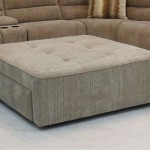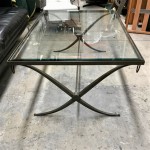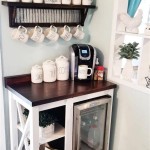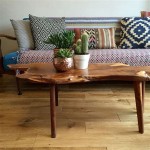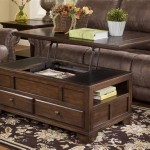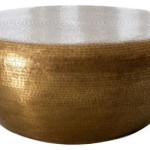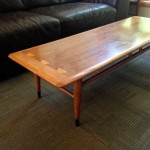How To Make A Table Out Of Wooden Pallets
Creating a table from wooden pallets offers a cost-effective and environmentally friendly way to furnish a space. This process involves several steps, from acquiring and preparing the pallets to assembling and finishing the table. This guide will outline the necessary tools, materials, and procedures for crafting a pallet table.
Acquiring and Inspecting Pallets: Sourcing pallets requires careful consideration. Check local businesses, construction sites, or recycling centers. However, ensure the pallets are safe for use. Avoid pallets marked with "MB" (methyl bromide), which indicates chemical treatment. Look for "HT" (heat treated) for safer options. Inspect pallets for damage, rot, or protruding nails. A sturdy, undamaged pallet is essential for a stable and durable table.
Tools and Materials: Gathering the necessary tools and materials beforehand streamlines the building process. Essential tools include a saw (reciprocating saw, circular saw, or hand saw), hammer, crowbar, nail puller, sandpaper (various grits), safety glasses, gloves, and a measuring tape. Materials include the selected pallets, wood screws, wood glue, wood filler, and chosen finish (paint, stain, or sealant).
Disassembling the Pallet: Dismantling the pallet carefully preserves the wood for reuse. Use a crowbar and hammer to gently pry apart the boards. A reciprocating saw can cut through nails if necessary, but this creates a rougher edge and may shorten board length. Ideally, remove nails entirely using a nail puller to maximize usable wood and minimize damage. This process can be time-consuming, requiring patience and careful maneuvering to avoid splintering the wood.
Cleaning and Preparing the Wood: Once disassembled, clean the pallet wood thoroughly. Remove any remaining nails or staples. Brush off loose dirt and debris. Use a wood cleaner, if necessary, to remove grease or grime. Allow the wood to dry completely before proceeding to the next step. This ensures proper adhesion of finishes and prevents future issues with mold or mildew.
Planning and Measuring: Before assembling the table, determine the desired dimensions and design. Sketch a plan to visualize the final product. Measure and mark the wood according to the plan, ensuring accuracy for a level and stable table. Consider the space where the table will be placed and adjust the dimensions accordingly.
Building the Tabletop: The tabletop construction starts with arranging the pallet boards side-by-side to achieve the desired width and length. Ensure the boards are aligned and create a flat surface. Attach the boards together using wood glue and screws, ensuring the screws are countersunk to avoid protruding. This creates a solid and unified tabletop.
Constructing the Table Base: The table base provides support and stability. Several options exist, including using pallet wood to create legs, or utilizing metal frames for a more industrial look. If using pallet wood, cut four equal-length pieces for the legs. Attach them to the underside of the tabletop using wood glue and screws, reinforcing the joints with corner braces for added strength. Alternatively, pre-made metal table legs can be attached to the tabletop for a simpler assembly.
Sanding and Finishing: Once the table is assembled, sand all surfaces thoroughly. Start with a coarser grit sandpaper (e.g., 80-grit) to remove any rough patches or splinters, then gradually move to finer grits (e.g., 120-grit, then 220-grit) for a smooth finish. This prepares the wood for staining or painting and enhances the final aesthetic.
Applying the Finish: The chosen finish protects the wood and enhances its appearance. Consider using a wood stain to highlight the natural grain of the pallet wood, followed by a sealant for protection. Alternatively, paint can be used to create a more uniform and colorful look. Apply the finish according to the manufacturer's instructions, allowing ample drying time between coats. This ensures proper coverage and durability.
Optional Additions: Customizing the table with additional features can enhance its functionality. Consider adding a shelf beneath the tabletop using remaining pallet wood for extra storage. Applying edge banding can create a cleaner, more finished look to the tabletop edges. Adding casters to the table legs can increase mobility.

Pallet Table Easy To Make Diy

Diy Pallet Coffee Table No Power Tools
Wood Pallet Table Diy A Beautiful Mess

Diy Pallet Wood Coffee Table

One Of A Kind Pallet Wood Table

Build A Diy Pallet Table With Herringbone Design Lovely Greens

Table Made From Pallets Overthinking Design
Wood Pallet Table Diy A Beautiful Mess

Diy Pallet Coffee Table Again

Pallet Table Diy
Related Posts

